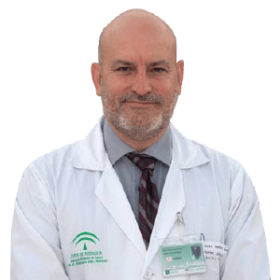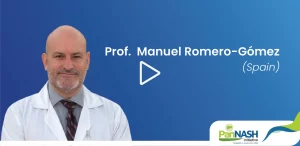
NIT for screening, referral & diagnosis of NAFLD
Liver fibrosis is the major driver in liver disease progression. Prof. Romero-Gómez, Spain, reviews on NoninvasiveTests - NITs for screening, referral, and diagnosis of nonalcoholic fatty liver disease.


